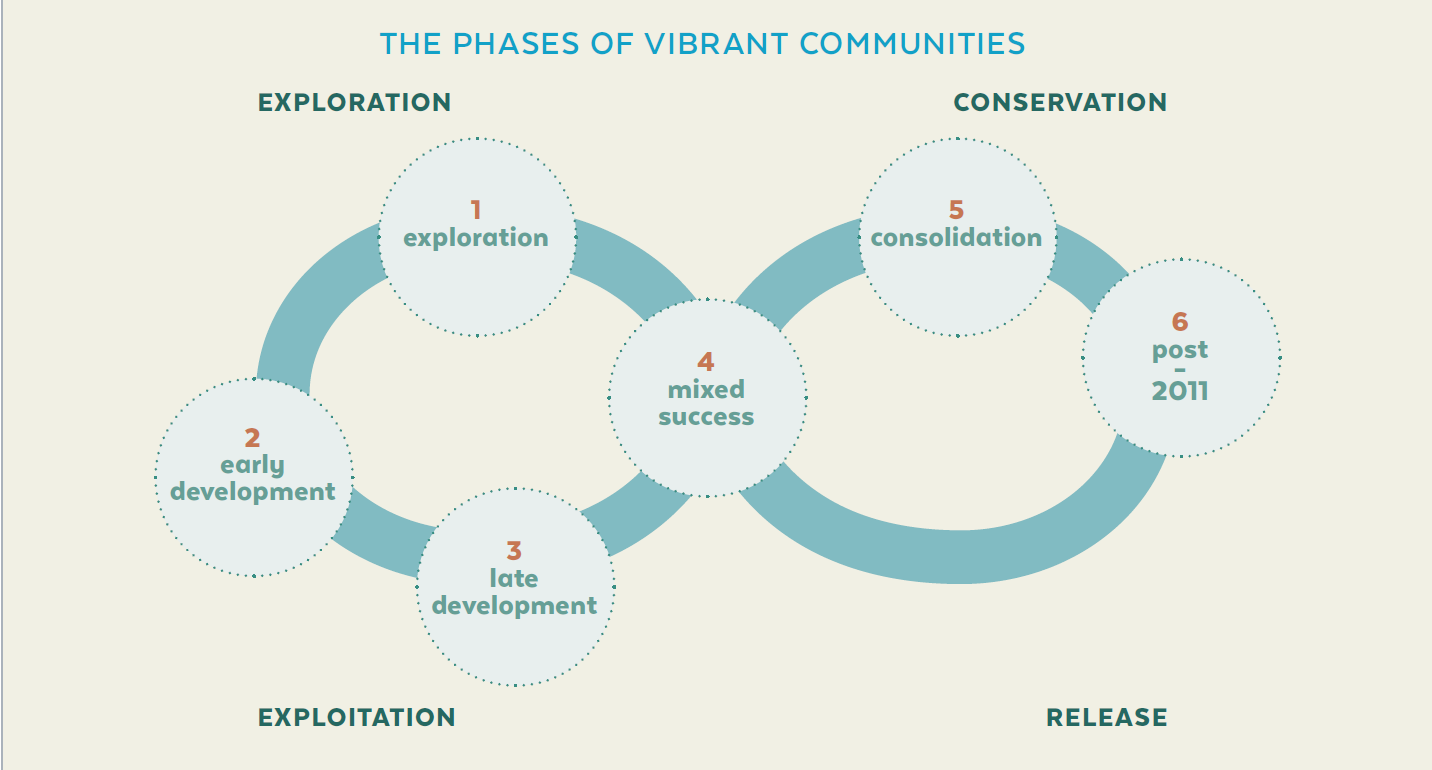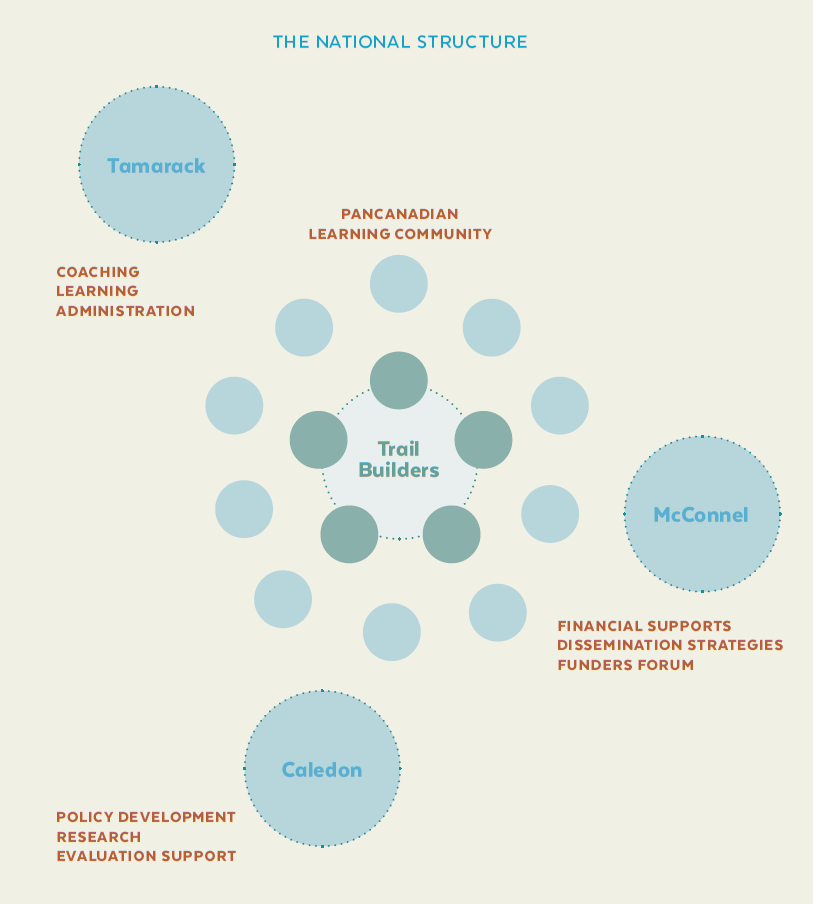Living SJ was formed in 2014 to bring an end to generational poverty in Saint John, New Brunswick. The city of Saint John is the poorest city located in the poorest region of Canada. Living SJ is currently led by a diverse and growing network of over 100 partners working together to improve social outcomes and inform policies and practices that will help us build a brighter future, both socially and economically.
Living SJ is a network of stakeholders from business, government, non-profit and neighbourhoods, committed to a collective impact approach to sustainable long-term solutions that demonstrate a measurable improvement in local conditions. Four priorities with measurable targets have been established through the network:
1. EDUCATION. Close the education achievement gap;
2. EMPLOYMENT. Connect low-income residents to employment through education and training;
3. HEALTH. Improve the health of residents through neighbourhood-based models of care;
4. NEIGHBOURHOODS. Transform low-income neighbourhoods into vibrant mixed income communities.
Living SJ focuses on applying an approach to mobilize action around community priorities. This includes:
- developing a common agenda — agreeing on what we can do together differently;
- measurements — knowing the difference we are making with our actions;
- communication — sharing information;
- broad stakeholder involvement — contributing differently to the solutions; and
- a centralized structure to keep the momentum going — supporting our work, the sharing of information and our results.
It has been done so by following 4 steps:
Step #1 Research
Living SJ started off by collecting local, provincial, national and global reports and strategies relevant to community issues and solutions. These were synthesized into 12 issue areas that serve as important quality of life components for Greater Saint John.
Step #2 Community Engagement
Living SJ held 27 focus group sessions around twelve issue areas between March and May of 2014 and heard from 111 people in the community, including service providers, community leaders, businesses and government. The Lean 6 Sigma approach was used in the focus groups with a number of tools and strategies for weighting and prioritizing needs. This helped ensure that our approach to prioritizing key social issues in Greater Saint John was objective and comprehensive.
Each focus group area met between two and four times to complete this work. Almost 500 critical needs were identified. 62 priorities were identified that would have the most impact on the community. They were narrowed down to 4 Priorities,
which led to the development of a road map: Living SJ social renewal strategy.
Step #3 Action
Four Collective Impact Teams, led by co-chairs have devised action plans to meet the Living SJ targets and measure its success. Improving the quality of life of Saint John’s residents depends on genuine ownership by the larger community and continues to be a principle of the work of each Collective Impact Team.
Step #4 Learning & Adaption
A number of quantitative and qualitative methods are being deployed to monitor Living SJ progress. A growing network of partners is offering data collection/analysis support to track progress.
–> INSIGHTS FROM LIVING SJ
The more challenges being faced by a community, the more diverse the tensions, political agendas and relational issues to be dealt with.
Putting the Vibrant Communities approach in action means building trust and establishing relations. This requires patience, time and continuous outreach to local partners, communities, and most importantly, people experiencing poverty. Engaging them as key actors requires continuous effort, understanding, compassion and generous listening. It is treating them as key stakeholders rather than merely beneficiaries.
To achieve sustainable change there is a need to influence policies. It becomes a challenge when many representatives of partnering organizations are activists and campaigners, as advocacy requires diplomacy and cooperation with decision makers as well as quantitative and numerical data. By working as a network, both advocacy and activism can exist among the diversity of participating partners and can maintain the vision of long-standing change. They also help to provide reliable data (including aggregation of data on different regional levels) and proven solutions coming from different partners which minimizes the need to “reinvent the wheel”.
COVID-19 has deepened the distress of those living in poverty, including community members in Living SJ, and made it more difficult for the work of already established organisations to successfully address the underlying causes of poverty in the new circumstances caused by the pandemic.
At the same time, the COVID-19 crisis has served to underline the crucial importance of Living SJ’s work to develop a coalition of organisations working together to tackle systemic issues leading to poverty and helping them to be more agile to the changing needs in the communities they serve.


